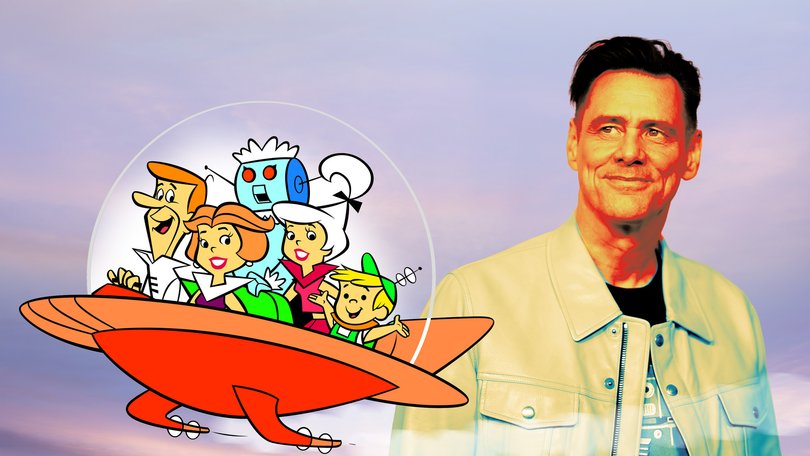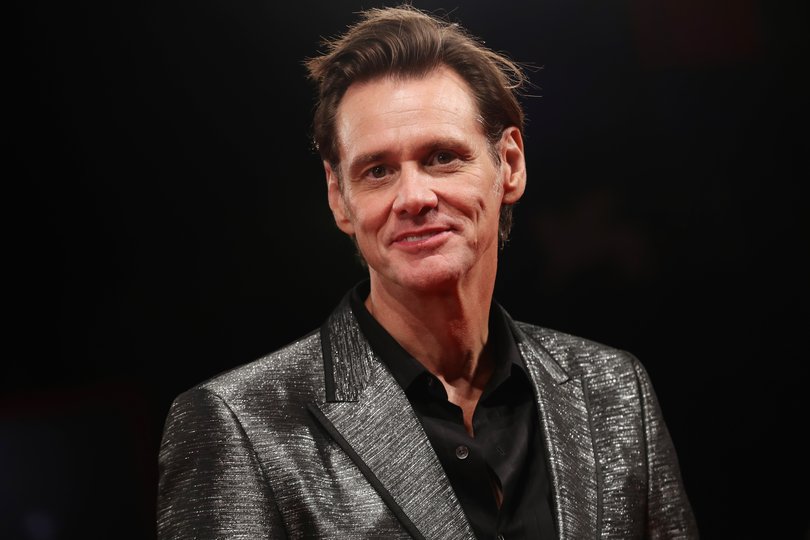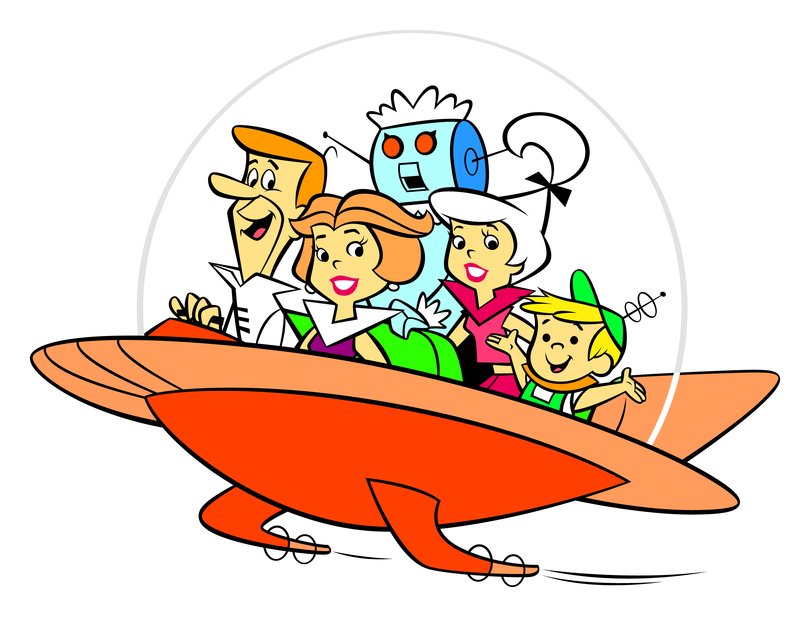The Jetsons predicted the future, what could a Jim Carrey-led live-action reboot look like?

Jim Carrey is reportedly in talks to star in a live-action Jetsons movie, and the only question is, is he George or Rosie? Or better yet, maybe Astro!
Carrey is a flexible thespian, both physically and dramatically, so he could easily fit into the world of the Jetsons as any character – except maybe Elroy, that’s a stretch too far.
The movie is in early stages of pre-production, but is set to be directed by Colin Trevorrow, the American filmmaker who started off in indie film with the likes of Safety Not Guaranteed before moving into the blockbuster world with two Jurassic World movies.
Sign up to The Nightly's newsletters.
Get the first look at the digital newspaper, curated daily stories and breaking headlines delivered to your inbox.
By continuing you agree to our Terms and Privacy Policy.The Jetsons has become embedded in the cultural memory of Western audiences for its portrayal of an imagined space age of gadgets, flying cars and a reduced work week, while not challenging the nuclear family ideal of the 1960s context in which it was created.
Given its longevity in our consciousness, many now would be surprised to find out that the show was originally cancelled after one season because of terrible primetime ratings.
When those same 24 episodes were moved to Saturday mornings, it became a hit and ran on repeat in syndication for years. A further two seasons consisting of 51 episodes weren’t produced until 1985.

When it premiered in 1962, it was the first program on the American ABC channel to be broadcast in colour, but that wasn’t a drawcard with fewer than 3 per cent of households owning a colour TV. The Flintstones, which preceded The Jetsons by three years, was produced in colour but broadcast in black and white.
The Flintstones is the reason The Jetsons exist. The prehistoric adventures of Fred, Wilma and Bam-Bam were a big hit, and on primetime no less, so The Jetsons was created to capture more of that success. While it was in production earlier, the timing of its debut couldn’t have been more fortuitous.
It debuted weeks after John F. Kennedy’s famous “We choose to go to the moon in this decade” speech, reflecting the optimism of the era, before political assassinations and social change would roil the next 15 years.
The Jetsons may have portrayed what its creators William Hanna and Joseph Barbera thought the future in 1962 might look like, it was still a conservative, status quo rendering of American society.
The Jetsons were a nuclear family – George was an employee of a large-ish company, mum Jane was a housewife, daughter Judy was a 16-year-old high-schooler and son Elroy was six-and-a-half.
Jane didn’t have that much housework to do with the Jetson home serviced by not just Rosie the robot maid but also all manner of gadgets and appliances, requiring Jane to only press a few buttons or direct Rosie.

She still found herself in need of a holiday though. It’s interesting to view Jane Jetson retrospectively as potentially one of the women Betty Friedan would write about in 1963 in her seminal feminist book The Feminine Mystique, which encapsulated the malaise of white, middle-class housewives who found themselves with “everything” they aspired to but were deeply unhappy.
The fly in that ointment is Jane was canonically 33 years old, and with a 15 or 16-year-old daughter, likely didn’t have a tertiary education to waste. When The Jetsons jumped to the big screen in 1990 with a theatrically released movie, Jane had a job as an environmental lawyer.
In the original series, George was fulltime employed in a job that kept the family in comfort, but only worked two days a week and one hour a day, thanks to automation. That, again, reflected the optimism of that post-WWII economic boon, and the belief technology would make work easier, rather than replace humans.
The technological advances in the world of The Jetsons were never depicted as threatening. The animation itself was bright and colourful, the objects were drawn with rounded features and fluid lines (think of the family’s bubble car and its Space Needle-esque home), and was often influenced by the googie style of architecture of the mid-century.
There were moving footpaths, 3D printing, video calls, smartwatches, artificial intelligence, nanotechnology and more. While these concepts weren’t invented by the series (futurists were already talking and writing about these ideas), it did popularise them among generations of kids who watched the show in the 1960s and in the following decades.
It cemented an idea of what the future could be, and depending on your perspective (the show had no Black or economically marginalised characters), potentially a utopian ideal.
What does The Jetsons look like in a far less optimistic 2025, with Jim Carrey in its world? Only a futurist could take a guess.

